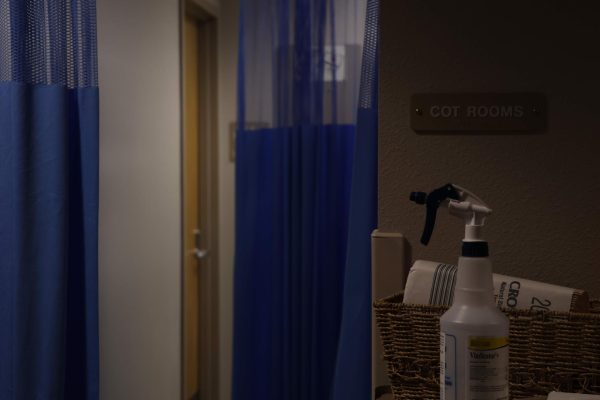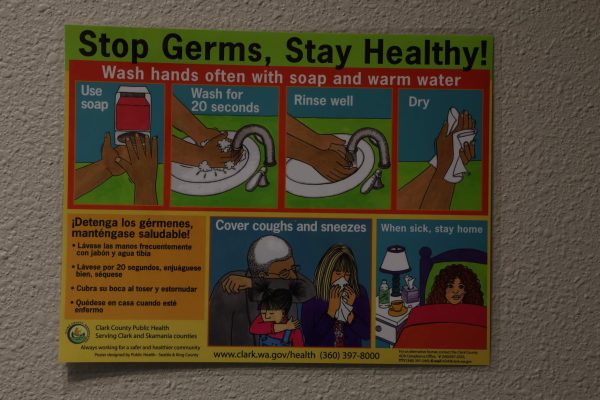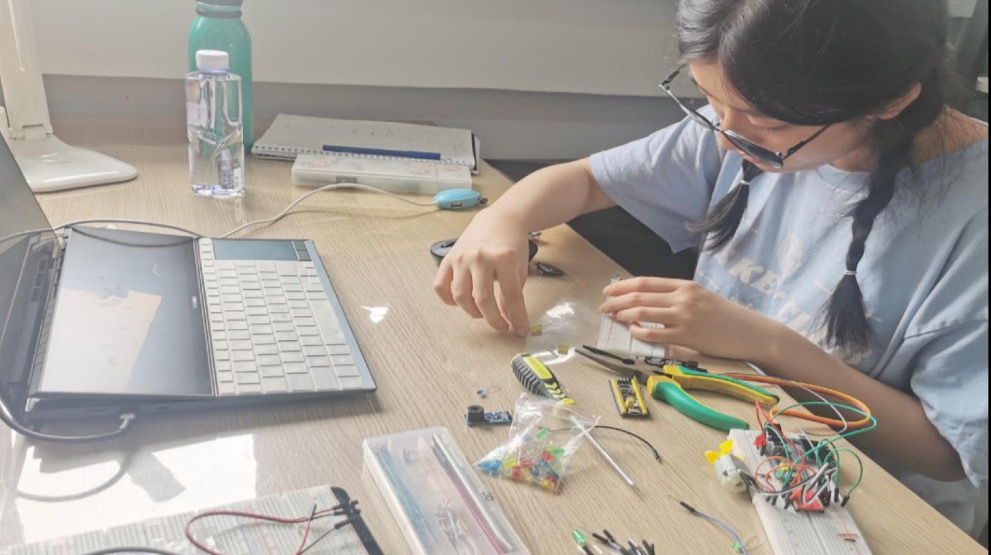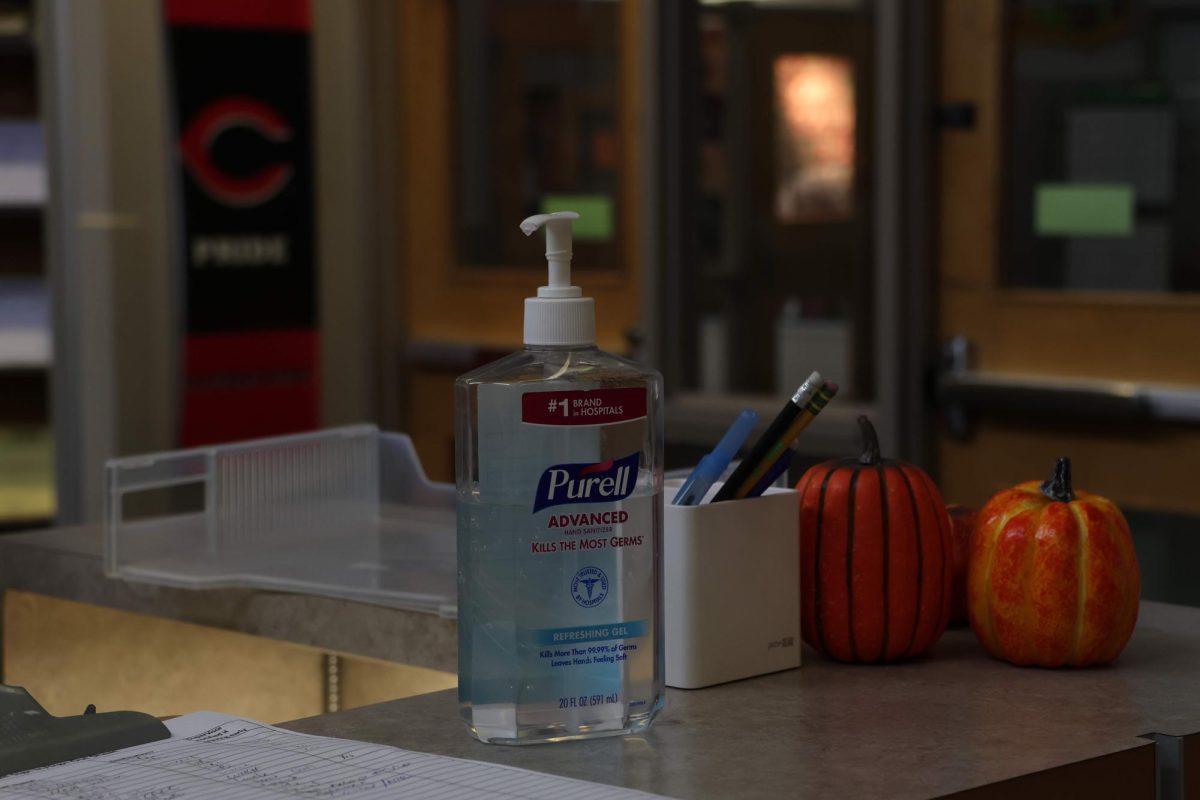Misconceptions about flu symptoms and parents sending sick children to school are among the biggest challenges facing health staff at Camas High School as flu season approaches, according to health officials at the roughly 1,800-student campus.
“Many parents think their kids can power through it, but sending sick kids to school only spreads the flu to others,” Health Assistant Lawan Miller said. “A significant challenge is educating parents about flu symptoms and when their children should stay home.”

The campus maintains strict policies requiring students to be symptom-free for 24 hours before returning to class. This means no vomiting, diarrhea, or fever without the use of medications like Advil or Tylenol. Despite these clear guidelines, health officials say getting families to comply remains difficult.
Common misconceptions about flu vaccines and symptoms often complicate prevention efforts.
“One misconception is that the flu vaccine will give them flu-like symptoms, which is rare. Another is underestimating how contagious the flu is,” Miller said. “We often see students coming to school while still sick when they really need to stay home.”
While the school does not provide flu vaccines directly, staff regularly discuss vaccination status with families during health office visits and provide educational resources about prevention strategies.
Certain student populations face higher risks during outbreaks, creating additional concerns for health staff.
“Students in classrooms where masking isn’t feasible or where hygiene resources are limited are at higher risk. Additionally, students who may struggle with maintaining their own hygiene are more vulnerable,” Miller said, noting that these factors influence how the school approaches prevention.
The school follows specific district protocols when multiple cases emerge in a short period.

“We document cases and report them to the Department of Health, which provides further guidance,” Miller said. “The district has specific protocols for handling outbreaks, though I don’t know all the details.”
Prevention remains the primary strategy throughout the campus. The school maintains rigorous sanitation practices and uses visual reminders about proper hygiene, building on lessons learned during the COVID-19 pandemic.
“The key things we focus on are ensuring everything is sanitized and making sure we have up-to-date information for parents,” Miller said. “We communicate with the district to notify parents and provide them with any general information they might need.”
Regular communication with families helps reinforce health policies, though challenges persist. The health office provides detailed handouts explaining symptoms and return-to-school policies.
“The main advice is to clean surfaces regularly, wash hands frequently, wear a mask if needed, and stay home when you’re sick,” Miller said. “It’s about being mindful of how you feel and taking steps to prevent the spread of illness.”
Common flu symptoms staff monitor include stomach aches, vomiting, diarrhea, and fever. The school emphasizes maintaining the same thorough hygiene practices established during COVID-19 protocols, including regular hand washing and surface sanitization.
Miller emphasizes that successful flu prevention requires a community-wide effort. “We use signs and posters about proper hand washing and cleaning practices. We also emphasize the importance of maintaining the same hygiene habits we followed during COVID,” Miller said.


































